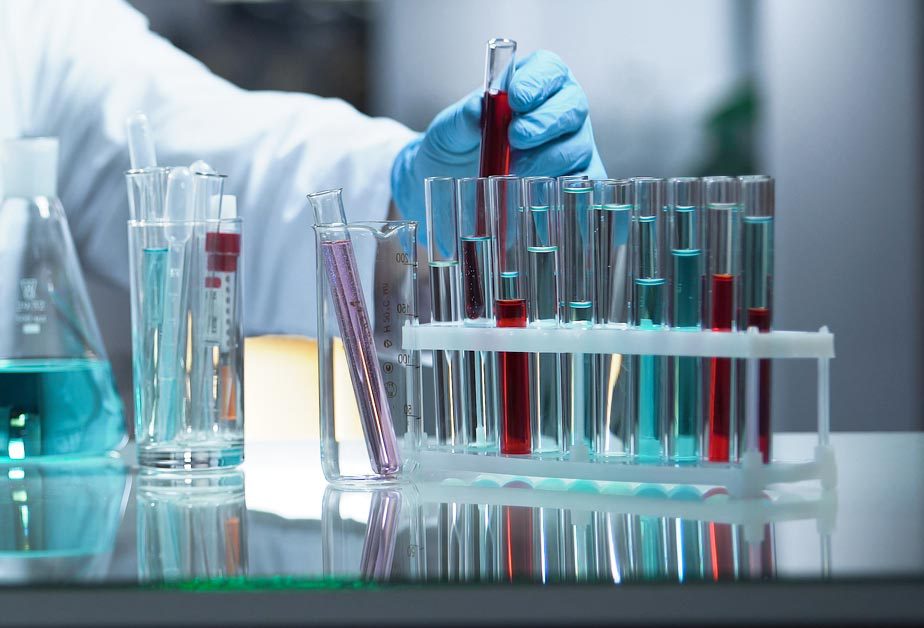On March 1, 2020, the Eurasian Economic Union (EAEU) brought into scope the Limitation of the Use of Hazardous Substances in Electrical and Electronics Products (TR EAEU 041/2017). This regulation, based off of the European Union (EU) Restriction of Hazardous Substances (RoHS) Directive, puts restrictions on substances used in the manufacturing of electrotechnical and electronic products, such as:
- ATMs, ticket printing machines and ID card readers.
- Automatic switches and protective devices.
- Cable products.
- Copy machines and office electrical equipment.
- Electric musical instruments.
- Fire and security detectors.
- Gambling and vending machines.
- Household appliances.
- IT devices.
- Lighting and office equipment.
- Power tools.
- Sport and leisure equipment.
- Telecommunications systems.
Companies operating in Armenia, Belarus, Kazakhstan, Kyrgyzstan and Russia will have to reevaluate their supply chains and ensure they have submitted product data into their respective national inventories of chemicals by their regional deadlines. The first substance, cadmium, is typically found in paint or metallic products. It must not be present in products above 0.01 percent weight over weight (w/w). The other five substances that must not exceed a 0.1 percent w/w threshold are:
- Lead: used in solder for printed board assemblies and wiring assemblies, electronics and metal pieces of products.
- Mercury: used in electrical switches, fluorescent lighting and where conductivity is required.
- Hexavalent chromium: used in anticorrosive coatings on metal parts and pigments in plastic, paint and enamel.
- Polybrominated biphenyl: used as a flame retardant.
- Polybrominated diphenyl ether: used as a flame retardant.
Protect market access in the European Economic Area and across the globe. Learn more in our eBook, Navigating the Compliance Landscape: Electronics.
The Eurasian Economic Union on the Limitation of the Use of Hazardous Substances in Electrical and Electronic Products was originally adopted in October 2016, and entered into force on March 1, 2018, followed by a two-year transition period meant to provide companies with the time required to adjust to the changes.
Beginning March 1, 2020, EAEU member states are expected to create inventories as part of their national registers of substances and mixtures that will feed into the Eurasian Technical Regulation on the safety of Chemical Products (TR EAEU -41/2-17) and Eurasia Registration, Evaluation, Authorisation and Restriction of Chemicals (REACH) Regulation. The only exception to this is Russia, as the Ministry of Industry and Trade of the Russian Federation officially extended the deadline for companies to submit data to its national Inventory of Chemicals to May 2020.
Assent Compliance, the global leader in supply chain data management, provides companies with an effective and efficient way to meet regulatory requirements as they evolve. The Assent Compliance Platform leverages automation to collect parts data and declarations from suppliers and matches them against the declarable substance lists. Learn more by contacting us today.


